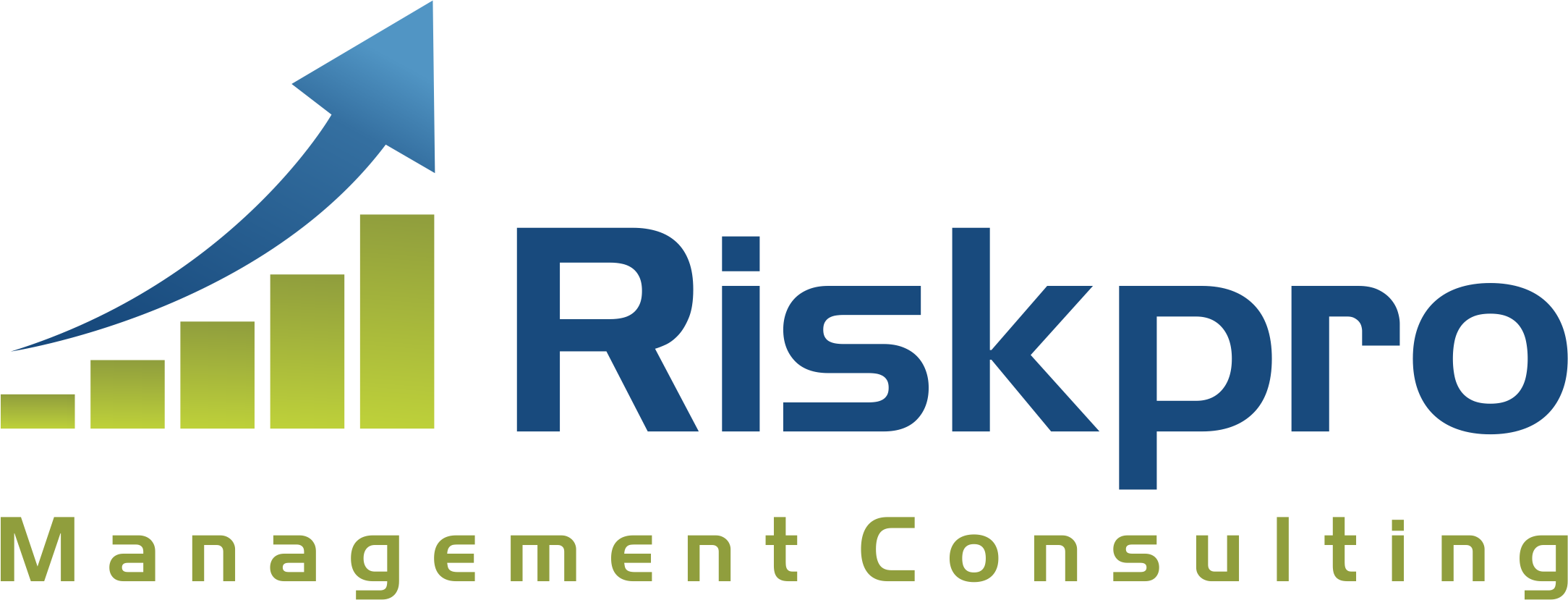Regulated financial institutions are required to take a risk-based approach to customer due diligence and ongoing monitoring under the Money Laundering Regulations. Customer relationships pose money laundering and terrorist financing risk before the regulated financial institutions.
Classification of the customers is done under three risk categories viz. low, medium and high. Customer’s identity, Social/financial status, Nature of business activity, Information about the client’s business and their location etc. are some of the parameters in the risk assessment strategy of the financial institutions.
Higher Risk Customers are those who are engaged in certain professions or avail the banking products and services where money laundering possibilities are high. The classification of high-risk customers may vary depending on the industry and specific business practices. Financial Institutions conduct enhanced due diligence (EDD) and ongoing monitoring for the higher risk customers.
Classification of High Risk Customers
Customer Identification situations that present a higher money-laundering risk might include, but are not restricted to. Following is the classification of High-Risk Customers.
- Customers linked to higher-risk countries
- Customers from High Risk Business sectors
- Customers who have unnecessarily complex or opaque beneficial ownership structures
- Unusual account activity
- Lack an obvious economic or lawful purpose
- Politically Exposed Persons (PEPs)
- Customers who are close relatives of PEPs
- Entities whose ultimate beneficial owner is a Politically Exposed Person.
- Customers with dubious reputation as per public information available
- Accounts of non- face- to- face- customers etc.
- Non- resident Customers doing business in India
- Accounts of Cash intensive business such as accounts Bullion dealers, jewellers, real estate developers etc.
High-risk customers are identified from the customer base and are monitored perpetually for potentially suspicious activities in their accounts.
Riskpro, which is a leading company in the domain of intelligence-as-service offers inputs which are useful for the monitoring systems of the banks. It has created a risk management framework which helps the banks in assessing customer risk. Though Riskpro is largely India focussed it helps the global players to understand the local market reputation of the high-risk customers.

